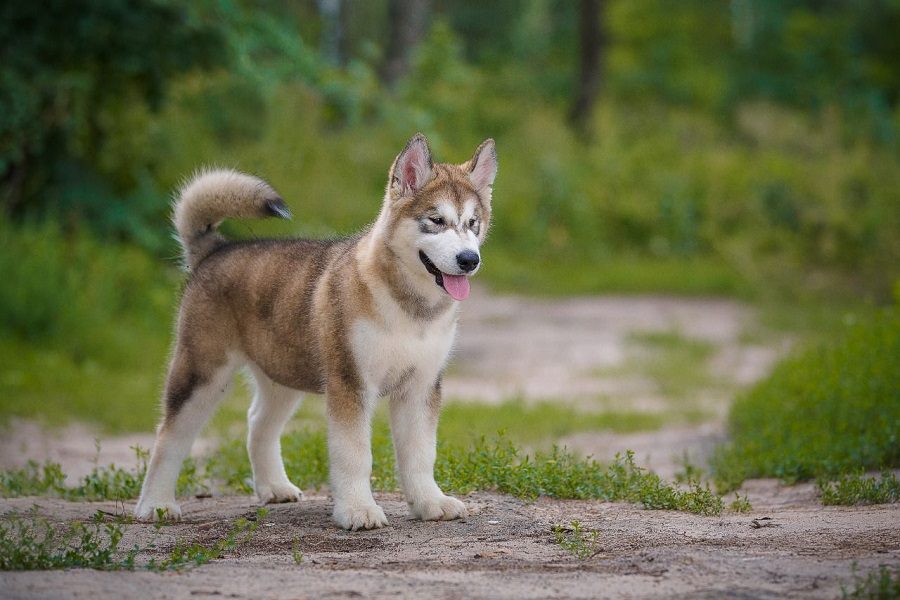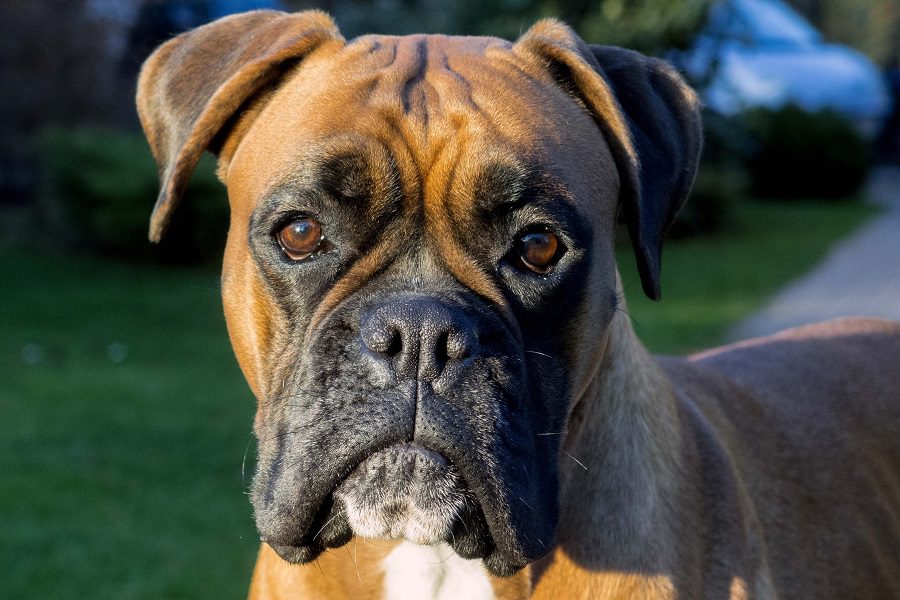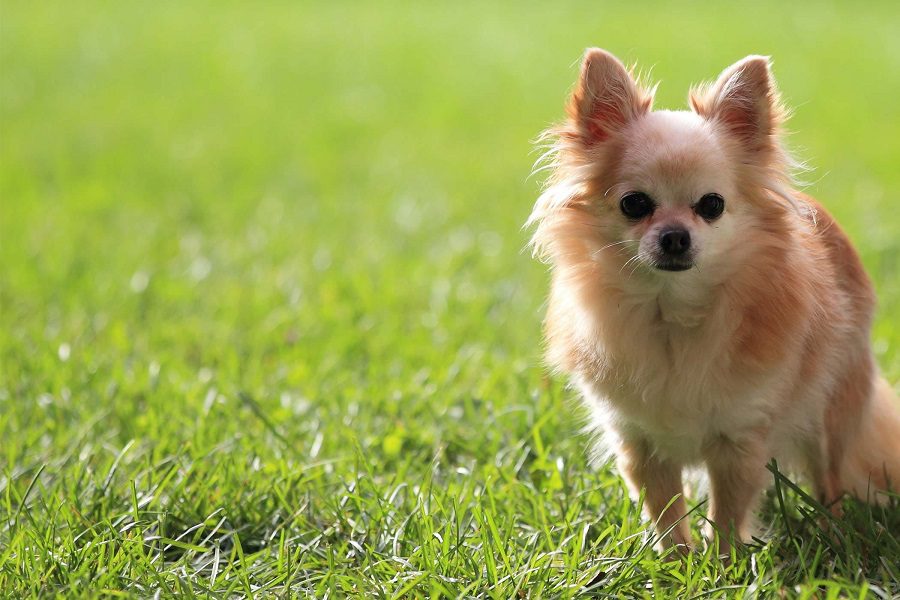Last Updated: 2 years ago
Cocker Spaniels are a wonderful dog breed that looks great and has some adorable traits.
But before you make your decision on whether or not a Cocker Spaniel is the right breed for your home and family, you should know a little more about it.
In this quick guide, we will go through all the basics that you need to know about Cocker Spaniels so that you can make a well informed decision about your future pet and be prepared for the unique requirements of caring for your Cocker Spaniel
Physical Characteristics

Originally, the Cocker Spaniel was bread as a bird dog to help hunters retrieve birds they shot down. In terms of physical characteristics, that meant it needed to be large enough to comfortably carry the birds but small enough to fit through tricky spots in the woods.
So they are a medium sized dog which makes them one of the smaller sporting dogs. They grow to be a maximum of between 15-17 inches tall and weigh between 26 and 34 pounds.
Their fur can grow very long and has a tendency to get tangled and matted if not groomed regularly. It tends to stay short on the top of the head and the back and grow long on the ears, chest, stomach, and legs.
It’s usually a solid color such as black or beige but it’s also possible to find part-color patterns with two or more colors of fur (one of which is always white).
Personality and Temperament
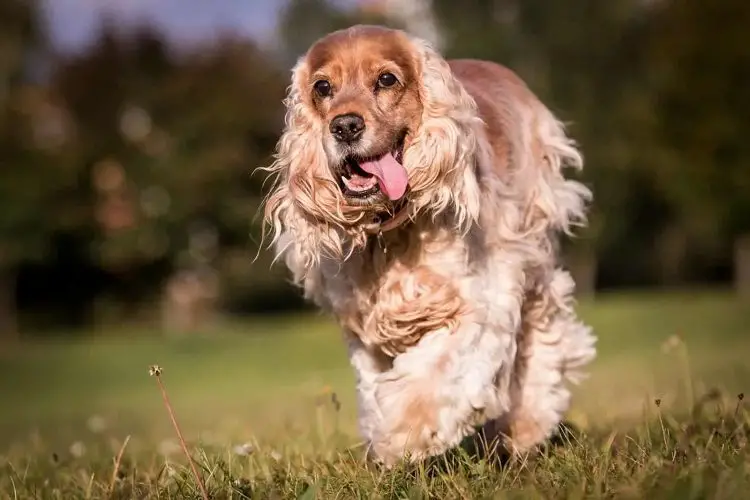
This breed tends to be very affectionate and loving. They make great companion dogs as they are equally happy cuddling up on the couch or running around and playing outside.
While they are generally a very happy and gentle breed, they do need to be socialized early on.
If you have kids, a Cocker Spaniel can be a great playmate but it’s best to get a puppy so that it grows up with your children and becomes used to them from an early age. In such a case, they will be a great addition to the family and have desired behavior.
Their energy level is medium relative to other dog breeds. That means they won’t mind sitting around but they do need to get some exercise. Daily walks (either outside or on a dog treadmill) or access to a backyard large enough for them to run around and play in is essential.
Common Health Issues
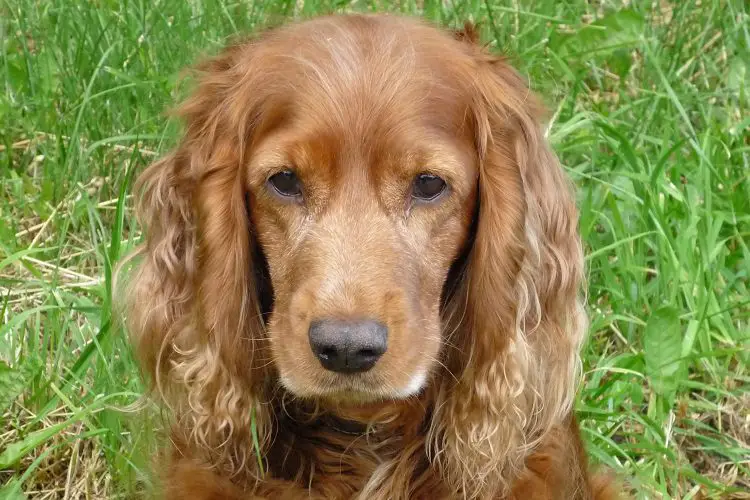
For the most part, Cocker Spaniels are a healthy breed but there are some health issues they are prone to so it’s good to be on the alert about them. Here are some of the most common issues that Cocker Spaniels deal with:
- Eye problems: they are prone to many eye problems such as glaucoma, cataracts, and progressive retinal atrophy. Check their eyes for redness or pay attention to see if they start rubbing their face a lot. Take them to the vet to get checked if you notice anything like that.
- Hypothyroidism: this is a condition that causes hair loss, lethargy, epilepsy, and obesity. It requires a special diet and medication so if you notice any of those symptoms, go see a vet to start treatment.
- Autoimmune Hemolytic Anemia: this condition causes fatigue, pale gums, a swollen abdomen, and sometimes jaundice. Treatment usually helps keep symptoms at bay and give your dog a long, happy life. However, this condition is genetic so we don’t recommend breeding a dog with this condition.
- Allergies: Cocker Spaniels are prone to some allergies including food allergies, contact allergies, and inhalant allergies. Treatment usually just involves trying to minimize exposure to the allergen but that means you need to be extra attentive in order to figure out what specifically is causing the allergic reaction.
Basic Care Instructions

Based on size and energy levels, Cocker Spaniels can live happily in an apartment or small home but it will need daily walks and play time.
Try to get at least 30 minutes of walking each day and 30 minutes of active playing (fetch or play wrestling or a dog park where it can play with other dogs).
They should be fed about 1 ½ to 2 ½ cups of quality dry dog food each day. This can be given all at once or divided into two or three different meal times. The latter option will help your pup with portion control.
One of the biggest downsides to owning a Cocker Spaniel is the grooming. Whether you choose to clip it short or to keep it long, your pup will need more grooming than some other breeds.
If you clip it short, you will have to do this (or have it done) every 6 to 8 weeks. If you keep it long, you will need to brush it daily to prevent tangles and matting. They also need to be bathed every 6 to 8 weeks to keep the fur clean.
Because they are a little more sensitive in terms of personality, professional groomers sometimes find them difficult to work with.
We recommend starting grooming early on as a puppy and sticking with the same groomer (if you don’t do it yourself) so that your dog feels comfortable.
Final Word
The Cocker Spaniel is a great choice for a family dog as they easily get along with children and other pets.
However, if you want to get one for a family dog, it’s important to get one while they are still a puppy (or one that you know for sure has been socialized from an early age).
You should always supervise play time with your children at the beginning until you are confident your new pet is getting along well with its new family.

